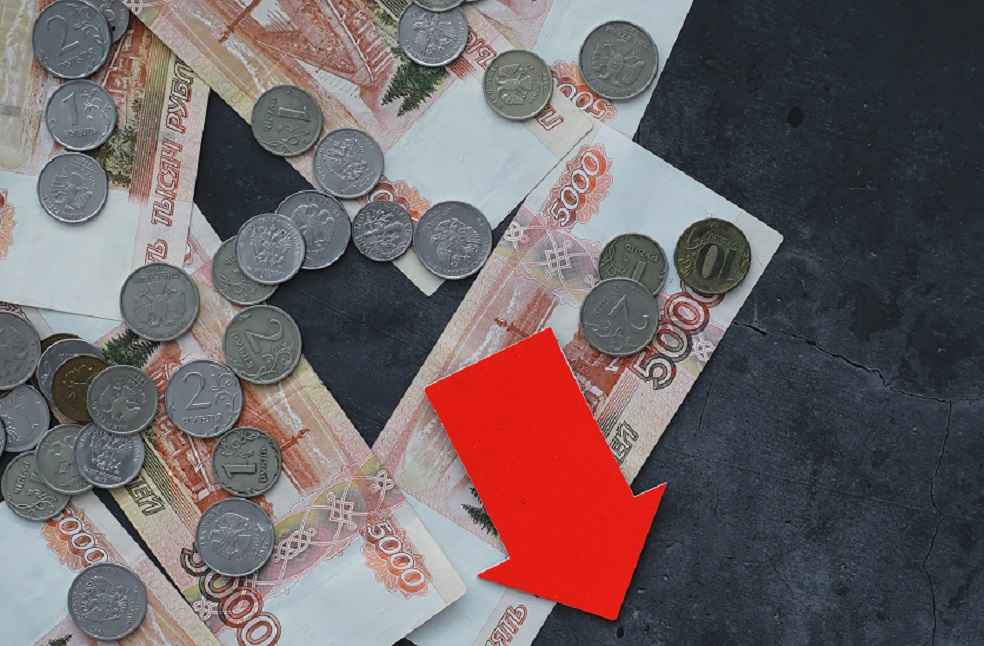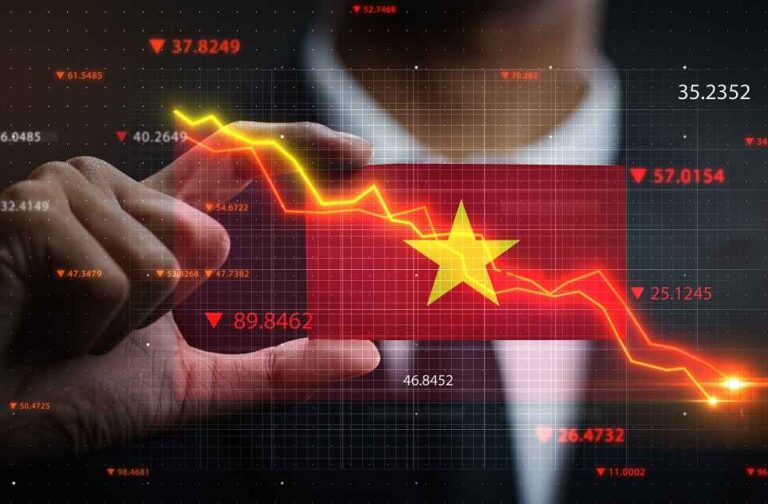The potential devaluation of China’s yuan in 2025 has become a focal point for economists and policymakers, given its implications for global trade and economies like India. Currency devaluation, a strategic economic tool, can profoundly affect export competitiveness and trade balances, creating both opportunities and challenges.
Why Devaluation Matters
Devaluing a currency reduces its value relative to others, making exports cheaper and more attractive to international buyers. For example, if the yuan depreciates against the US dollar, Chinese products become more affordable in dollar-denominated markets, potentially boosting export volumes. However, this strategy also increases import costs, potentially driving inflation and higher prices for domestic consumers.
Historical data from 2015 illustrates the global impact of yuan devaluation, which led to heightened trade tensions and significant fluctuations in financial markets.
How Countries Devalue Their Currencies
Nations use various methods to weaken their currencies, including:
- Direct Intervention: Central banks sell domestic currency in foreign exchange markets to increase supply, lowering its value.
- Monetary Policy Adjustments: Reducing interest rates makes a currency less attractive to foreign investors, indirectly causing devaluation.
- Exchange Rate Adjustments: Shifting from fixed to floating exchange rates allows market forces to determine the currency’s value.

China has historically employed these strategies, particularly during periods of trade conflict. For instance, during the US-China trade war, the yuan weakened significantly to counteract tariffs imposed by the United States.
Why China May Devalue the Yuan
The prospect of yuan devaluation is closely tied to anticipated geopolitical challenges. Former U.S. President Donald Trump, if re-elected, has proposed imposing steep tariffs, including a 60% tariff on Chinese goods. Such measures could severely impact China’s export-driven economy.
In response, China may devalue the yuan to offset these tariffs and maintain international price competitiveness. Analysts predict that, if implemented aggressively, the yuan could weaken significantly, potentially reaching 7.5 yuan per US dollar by late 2025.
Impact on the Chinese Economy
A weaker yuan could offer several benefits for China:
- Boosting Exports: Lower export prices can sustain China’s trade surplus.
- Economic Resilience: Increased demand for exports could stimulate domestic production and job creation.
- Countering Tariffs: Devaluation can mitigate the financial impact of U.S. tariffs on Chinese goods.
However, risks include potential capital outflows, inflationary pressures, and higher costs for imported goods, which could strain domestic consumers.
Consequences for India and Other Exporters

A weaker yuan poses significant challenges for India and other nations reliant on exports to the US:
- Increased Competition: Cheaper Chinese goods may undercut Indian exports in key sectors like textiles, electronics, pharmaceuticals, and agriculture.
- Price Wars: Indian exporters may need to lower prices, squeezing profit margins.
- Trade Balance Strain: An influx of cheaper Chinese imports could widen India’s trade deficit.
For example, in 2023, India exported $3.6 billion worth of textiles to the US. A sharp decline in Chinese textile prices due to devaluation could jeopardise India’s market share.
Global Ripple Effects
The potential devaluation of the yuan could trigger broader economic shifts:
- Competitive Devaluations: Export-driven nations may devalue their currencies to remain competitive.
- Market Volatility: Exchange rate fluctuations could disrupt global financial markets.
- Trade Tensions: Currency adjustments might exacerbate existing trade conflicts, particularly between the US and China.
Impact on Indian Markets

The Indian stock market could experience increased volatility due to yuan devaluation:
- Export Sectors: Stocks of export-driven companies may decline as profit margins tighten.
- Investor Sentiment: Trade uncertainties could lead to capital outflows.
- Broader Impacts: Sectors like IT and pharmaceuticals, heavily exposed to international markets, may experience price fluctuations.
Navigating the Challenges
China’s potential yuan devaluation highlights the interconnected nature of global trade. To mitigate risks, India and similarly affected countries may need to:
- Implement Policy Adjustments: Governments could introduce export incentives or negotiate trade agreements to maintain competitiveness.
- Diversify Export Markets: Reducing reliance on markets dominated by Chinese competition could strengthen trade resilience.
- Strengthen Domestic Markets: Encouraging domestic consumption can help buffer against external shocks.
The anticipated devaluation of the yuan in 2025 could reshape global trade, benefiting China’s export sector but posing challenges for countries like India. Broader implications, such as competitive devaluations and market volatility, underscore the need for coordinated international efforts to maintain trade stability.
As nations prepare for these shifts, adaptability and strategic policymaking will be critical to ensuring resilience in an increasingly competitive global economy. While currency devaluation can serve as a valuable economic tool, it demands careful consideration to balance its benefits with its risks, particularly in today’s interconnected trade environment.
BUSINESS GENERAL | Nestle Pakistan Sets $50M Export Target by 2030, Boosting Local Economy



